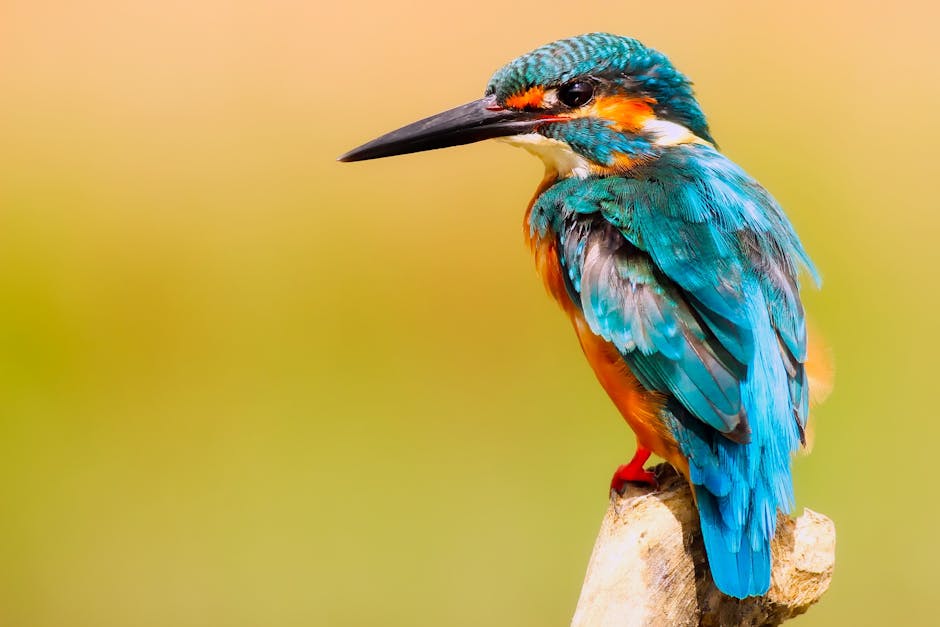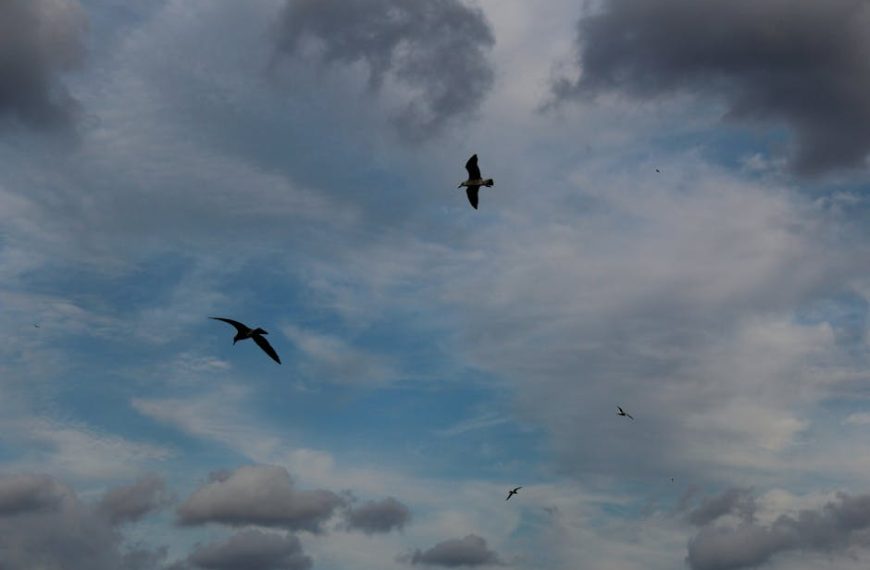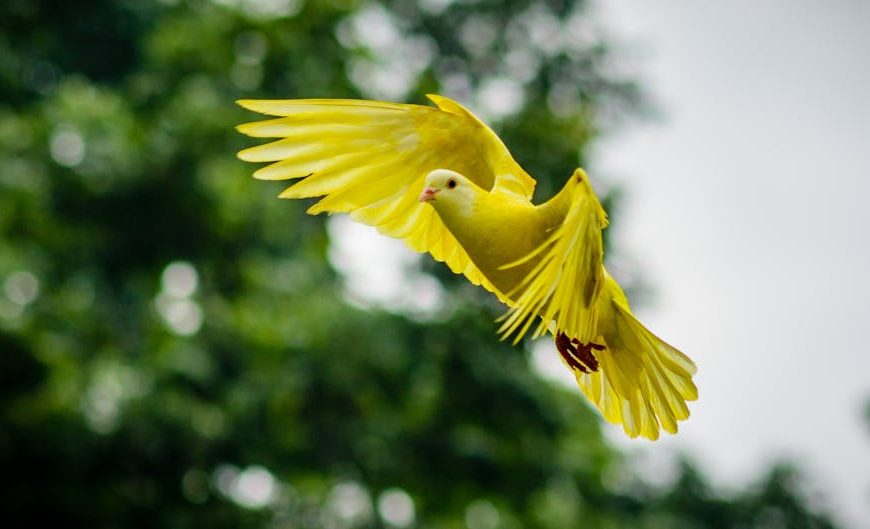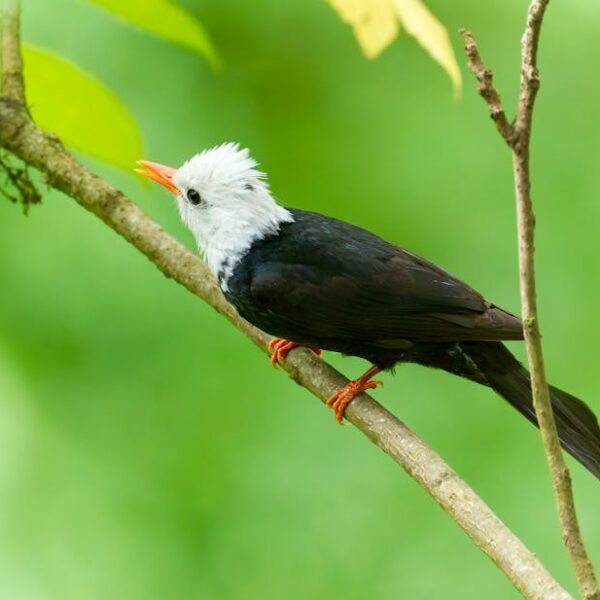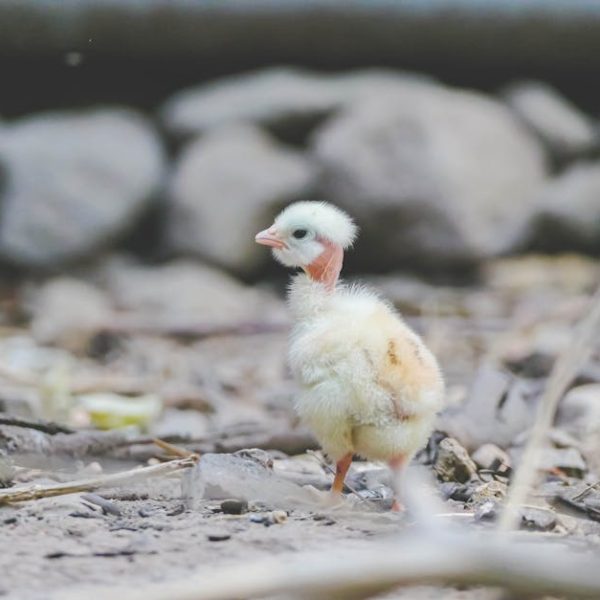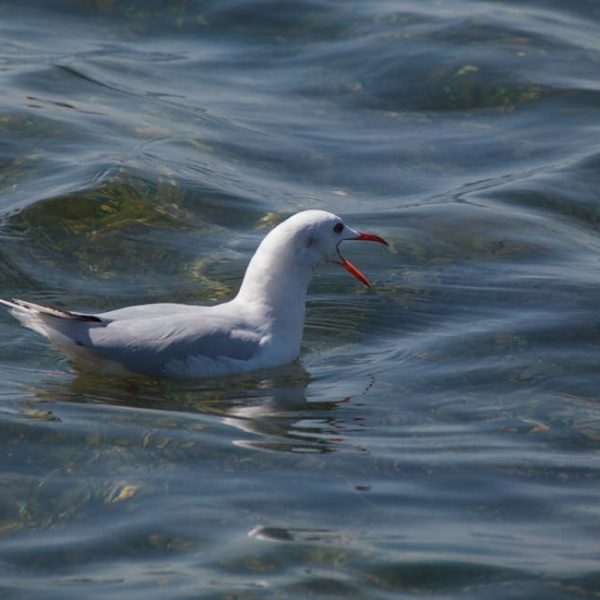As nature’s aviators, birds have always exhibited a remarkable ability to endure various climatic conditions. However, their prowess does not extend to persistent torrential showers. Birds, much like us humans, have to seek refuge in order to avoid the adverse effects of incessant downpours. This article aims to uncover the mystery of where exactly these creatures, of all shapes and sizes, take shelter during heavy rain and how we can potentially provide assistance to them in such conditions.
Understanding Bird Behaviour During Bad Weather
Birds strive to avoid flying during severe weathers since it can prove to be both physically challenging and energetically costly. Downpours can reduce visibility and make their wings heavier due to water absorption, rendering flight unsafe and inefficient. Furthermore, staying well-insulated and dry is crucial for their survival as being wet could lead to hypothermia, particularly during the colder seasons. Hence, seeking shelter becomes a necessity, not merely a choice for birds when the rain sets in.
Few observable changes in bird behaviour during inclement weather include roosting in a safe place well in advance of a storm, hunkering down to conserve energy and increasing their food intake to survive without regular meals.
Pro tip: Keep an eye out for increased bird activity at feeders before a storm, as they might be fueling up for the upcoming adverse weather.
Common Rain Refuge Spots for Birds
Birds typically find solace from rain in various nooks and crannies. Most birds prefer natural shelters such as dense trees and shrubs since they offer good cover against rain and wind. Others might creep under the eaves of houses, linger in barns, or even hide on the ground beneath low-lying vegetations. Birdhouses, if available and suitably located, can also be a great refuge for them.
Checklist:
- Dense trees and shrubs
- Under eaves of houses
- Barns
- Protective vegetations
- Birdhouses
Best Practices: If you wish to attract birds to take refuge in your yard, ensure it has a variety of native plants that provide good cover and build/buy suitable birdhouses. However, be sure to maintain a safe distance to protect their comfort and safety.
Species-Specific Sheltering Habits
Not all birds address heavy rain in the same way. For instance, smaller birds like sparrows and finches often take shelter in dense bushes and tree foliage. Alpha predators like hawks and eagles, however, may use their vast wingspans to hunker down on high tree branches, unfazed by the storm.
Comparison:
| Small Birds (Sparrows, Finches) | Large Birds (Hawks, Eagles) |
|---|
| — | — |
|---|
| Dense foliage & Bushes | High tree branches |
|---|
Pro tip: Brush up on your bird species knowledge to better understand their specific rain-sheltering behaviours.
Nesting vs Sheltering During Rain
Many assume that birds would seek shelter in their nests during bad weather. However, a nest isn’t always the best place for a bird to weather a storm. Nests, while they provide a great place for laying eggs and rearing young ones, may actually expose birds to the full force of the elements during a heavy rain.
Some nests are high up in trees, leaving birds exposed to wind and rain. Others aren’t waterproof and can fill with water during a downpour. Therefore, birds often seek alternative shelters during inclement weather, even if they have a nest.
List:
- Some nests are exposed to elements
- Nests may be windy and rainy
- Some nests aren’t waterproof
- Nests can fill with water
Versus: Staying in the nest during a storm has the advantage of being in a familiar place. However, seeking alternative shelter can offer better protection from heavy rains and winds.
Human Intervention: Helping Birds During Heavy Rain
Birds are remarkably adaptive and resourceful in dealing with bad weather, but there are a few things humans can do to help. Firstly, keeping feeders stocked can be a great help, as birds may need to eat more than usual before a rainstorm. Offering a variety of foods that cater to different species is recommended. A birdhouse can also be beneficial, as long as it is appropriately positioned and looked after.
However, it’s vital not to disrupt a bird’s natural ability to cope with weather. Over-feeding them or making them too reliant on human-made shelters could harm their survival skills.
Best Practices:
- Keep bird feeders well-stocked
- Cater foods for a variety of bird species
- Consider installing a birdhouse, and ensure its maintenance
- Avoid creating over-dependence
Pro tip: While it’s great to help, be sure to respect the wild nature of birds. They have been surviving harsh weather long before our interventions, and overly interfering could do more harm than good.
Key Takeaway:
- Birds must seek shelter during heavy rain and bad weather because it affects their flying capacity and overall well-being. Observable changes include seeking refuge well in advance, conserving energy, and increasing food intake.
- Common bird shelters include dense trees and shrubs, under eaves of houses, in barns, beneath low-lying vegetation, and birdhouses.
- Sheltering behavior varies among bird species. For instance, smaller birds like sparrows prefer dense foliage, while larger birds like eagles may weather the storm on high tree branches.
- Birds often seek shelter outside their nests during bad weather as nests can expose them to elements and aren’t always waterproof.
- Humans can assist birds by stocking feeders as birds may need to eat more before a storm, providing birdhouses, and being mindful not to interfere too much with their survival skills.
Remember, birds have adapted to deal with harsh weather over millions of years. While we can go the extra mile to assist them during extreme situations, it’s also crucial to respect their natural abilities and not overstep our boundaries.
FAQs
Q: How does heavy rain affect a bird’s ability to fly?
A: Birds can find flying in heavy rain challenging and energy-draining. Rain can reduce visibility and make their wings heavier due to water absorption, making flight potentially unsafe and inefficient.
Q: Can I provide a man-made shelter for birds during heavy rain?
A: Yes, birdhouses, if suitably located, can serve as great shelters for birds during heavy rains. However, ensure the shelters are properly maintained and positioned in a way that doesn’t disrupt the birds’ natural behavior.
Q: Why don’t birds use their nests as shelter during heavy rain?
A: Although nests can provide a comfortable place for birds, they aren’t always suitable during heavy rain. Some nests are high in trees, exposed to the elements, and others aren’t waterproof and can fill with water during a downpour. Therefore, birds often seek alternative shelters.
Q: Is it harmful to feed birds during bad weather?
A: Keeping feeders stocked during bad weather can actually be beneficial as birds may need to increase their food intake during these periods. The key is to provide various foods that cater to different species without creating undue dependence.
Q: How much should I intervene to help birds during bad weather?
A: It’s essential to tread a line between helping birds and respecting their wild nature. Over-interference, such as overfeeding or making them too reliant on human-made shelters, could disrupt their natural survival skills. Always aim to assist without causing harm or creating dependence.
We encourage you to share this article with friends and family to spread knowledge about our feathered friends. Explore more posts on our website to better understand and appreciate the natural world.
